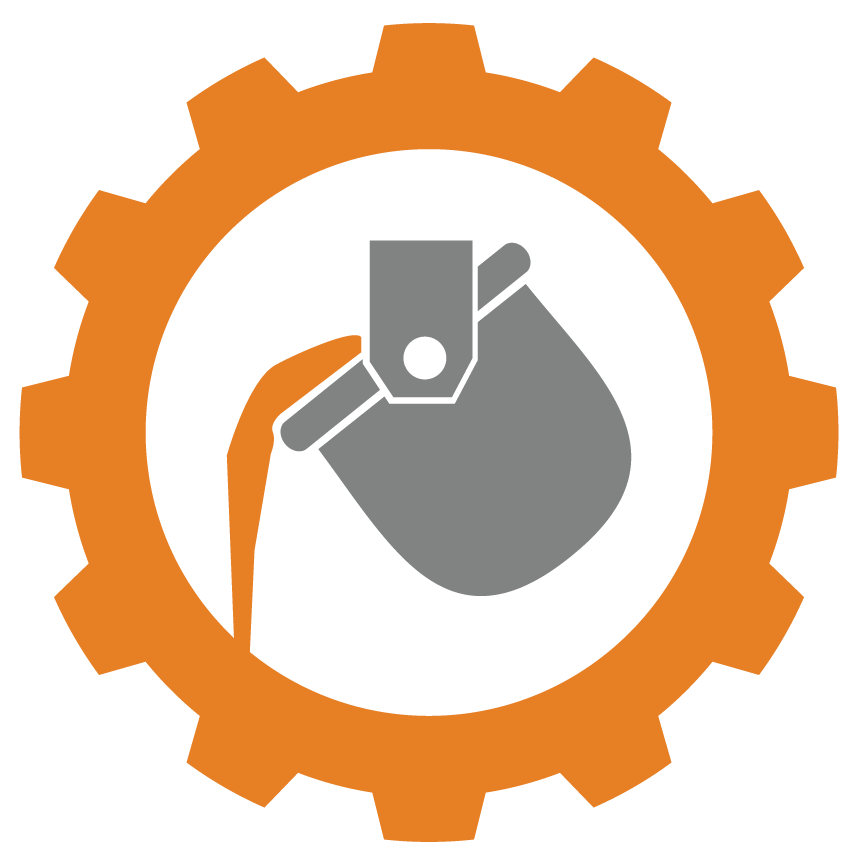She Started It: Screening and Discussion, Feb 8th
Join us for a screening and discussion of the new documentary, She Started It, on February 8th. Did you know? 96% of venture capitalists are men (1). Women still account for less than 10% of founders for high growth firms (2) and earn only 12.9% of computer science degrees (3). She Started Read more…



